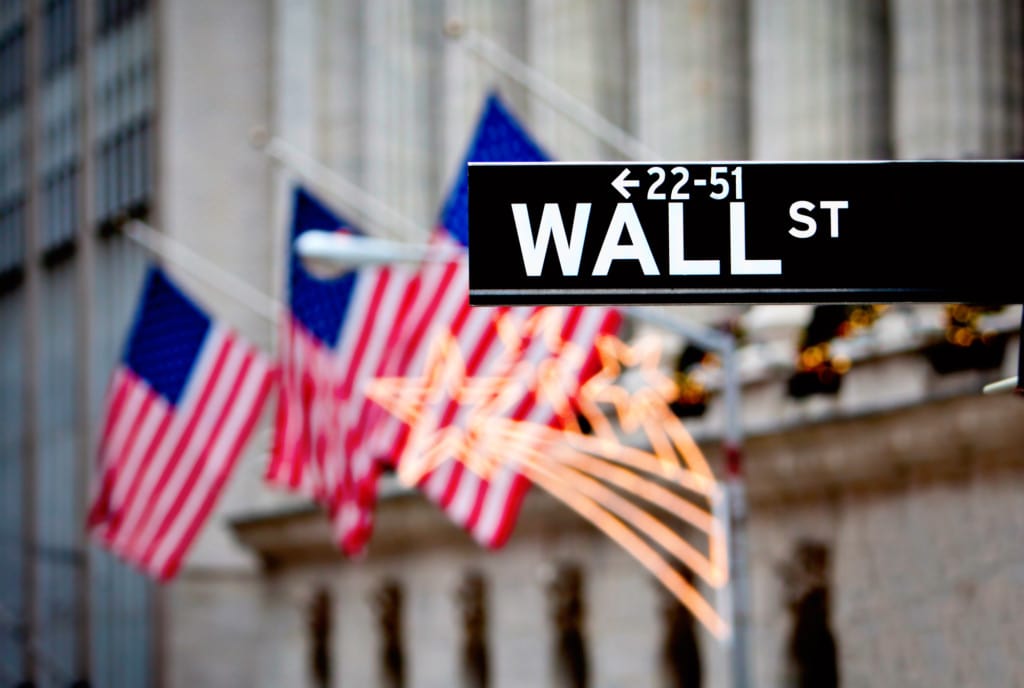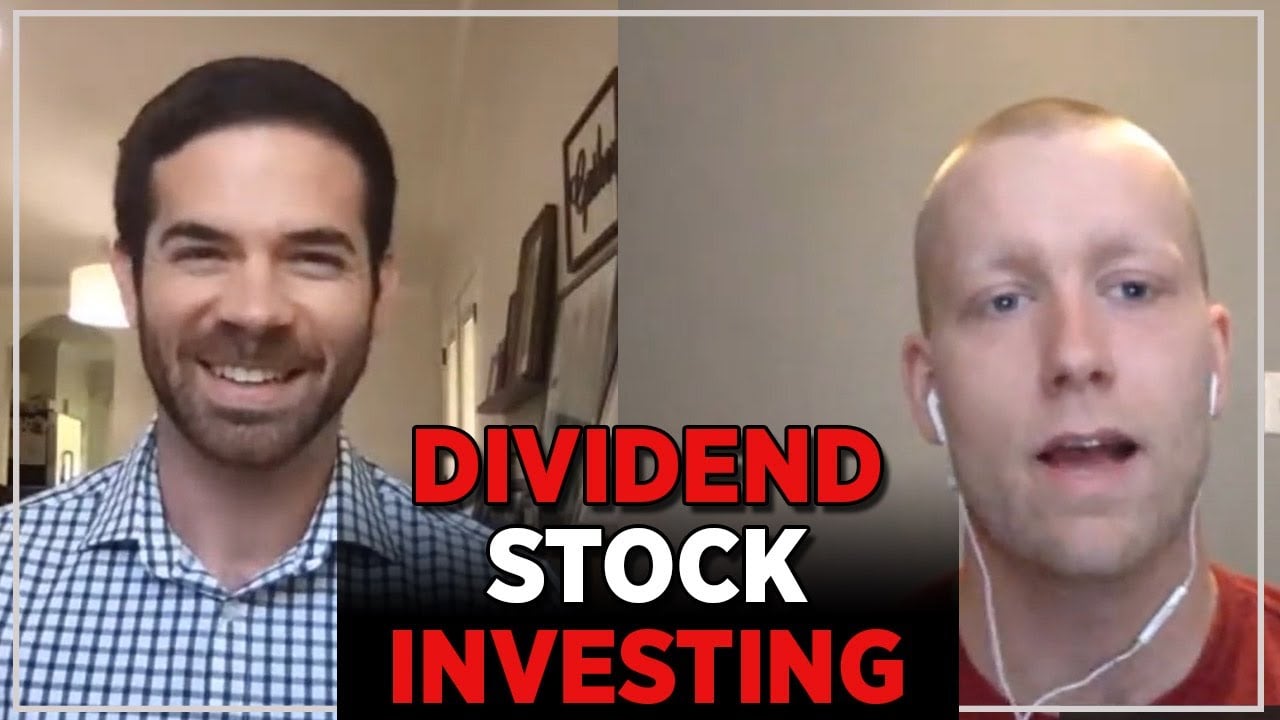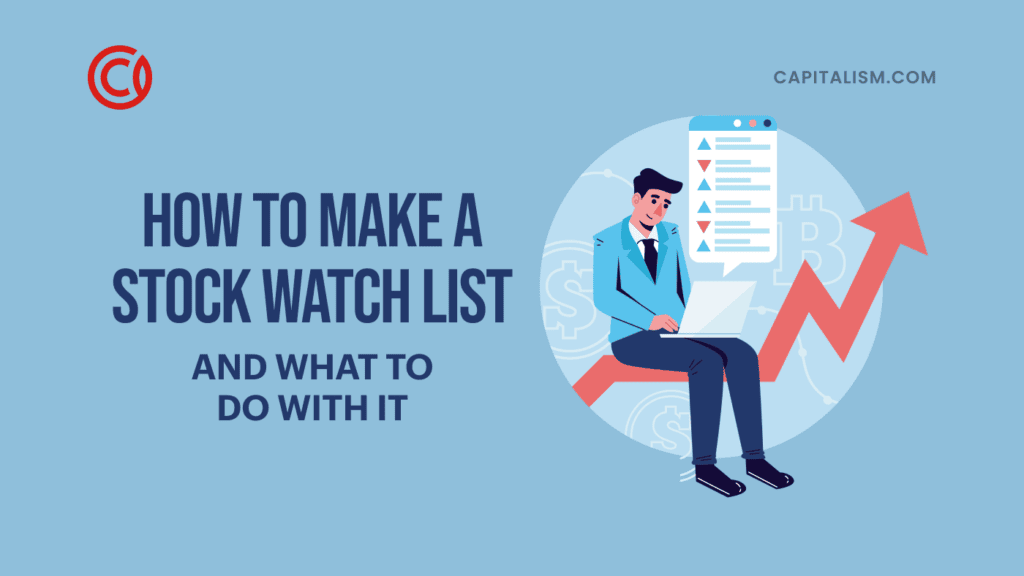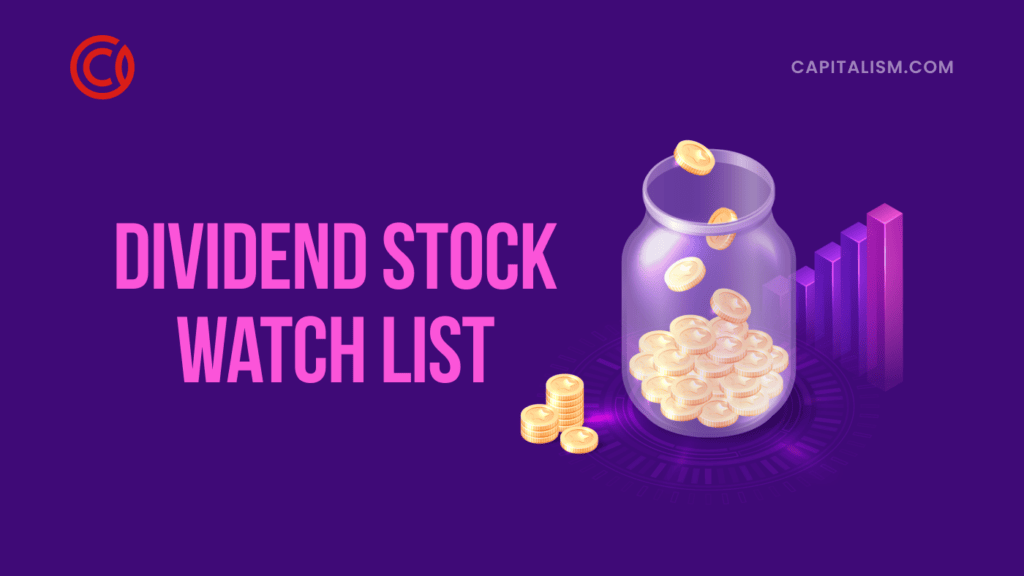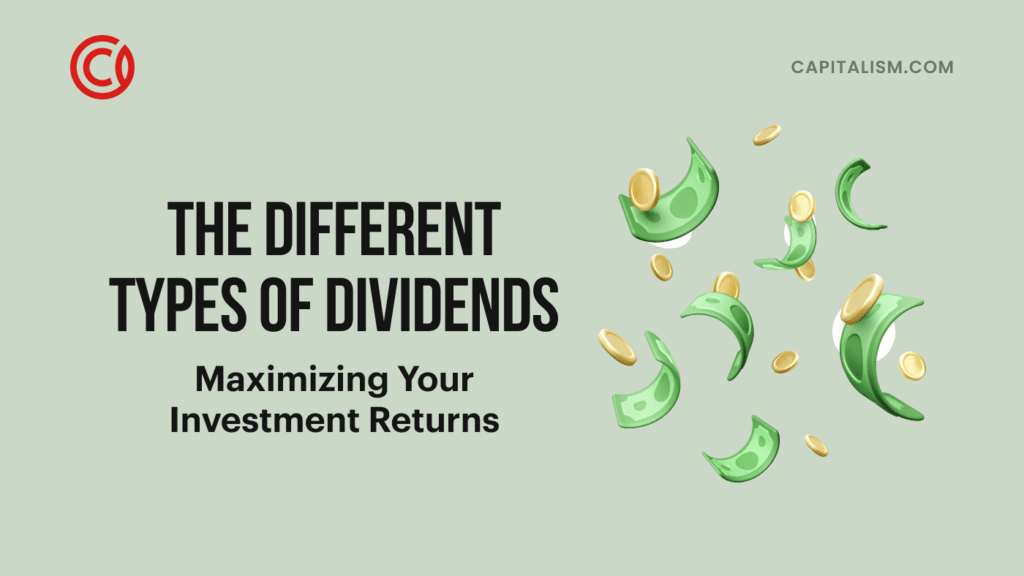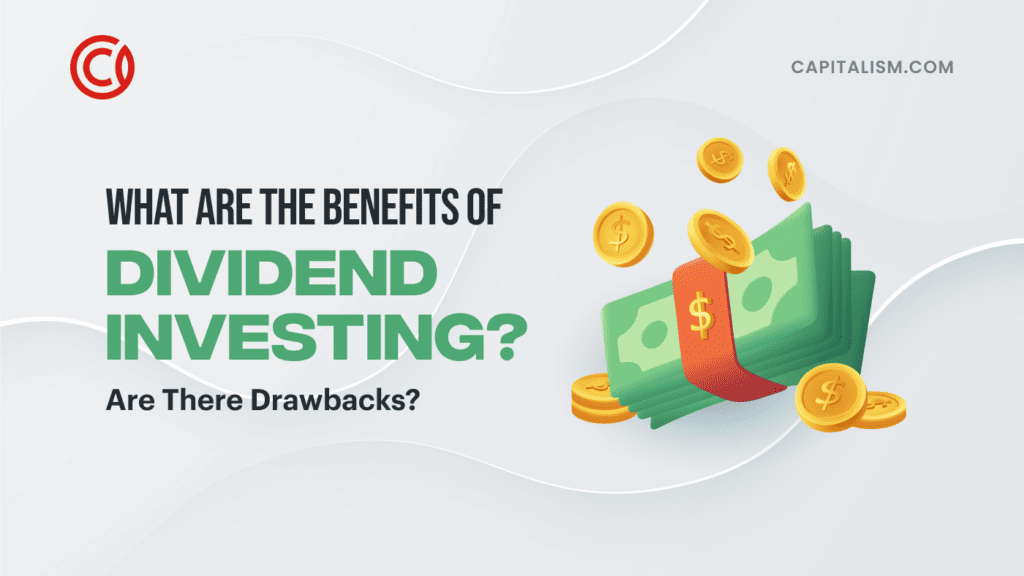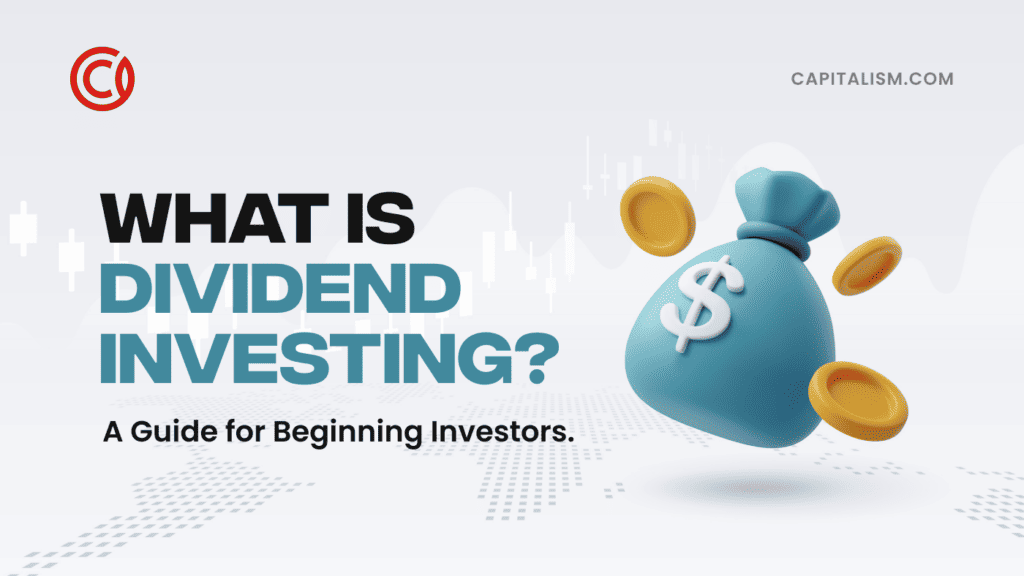Why should you consider DRIP stocks? Because if you’ve ever dreamed of owning the world’s best companies but never started because you don’t have the capital, this is how you can get started.
Also called DRIPs, they let you automatically reinvest your dividends and buy partial shares of the same stock — even if you can’t afford a full individual share! This is an effortless way to increase the number of shares you own, without breaking the bank.
Here’s what you need to know about DRIP investing and getting started.
Everything You Need to Know About DRIP Stocks
What is DRIP in Stock?
First things first: what is a DRIP?
A dividend reinvestment plan, or DRIP for short, is a system that investors use to automatically reinvest their dividends into additional shares of the same stock. It’s an invaluable tool for long-term investors, allowing them to invest with convenience and efficiency. And if given enough time, DRIPs can yield massive returns.
Are DRIPs a Good Idea?
Are DRIP Stocks a Good Investment?
Two questions we’re going to answer this section:
- Are DRIP stocks worthy of your attention?
- Can you REALLY be a part-owner in the world’s best companies?
DRIPs have their benefits and are worth exploring — especially if you’re new to investing and want to automate your investments.
Below are some pros and cons of DRIPs to keep in mind.
Benefits of Dividend Reinvestment Plan
#1 You Don’t Have to Buy Full Shares
Conventional investing methods require you to pay the full price of the share. When you reinvest your dividends through DRIPs, you can purchase fractional shares.
All your dividends get reinvested, regardless of the current share price. This means that you can continue growing the number of shares you own, even if you can’t afford one full share of the equity. DRIPs let you slowly increase your ownership in the world’s best companies without breaking the bank.
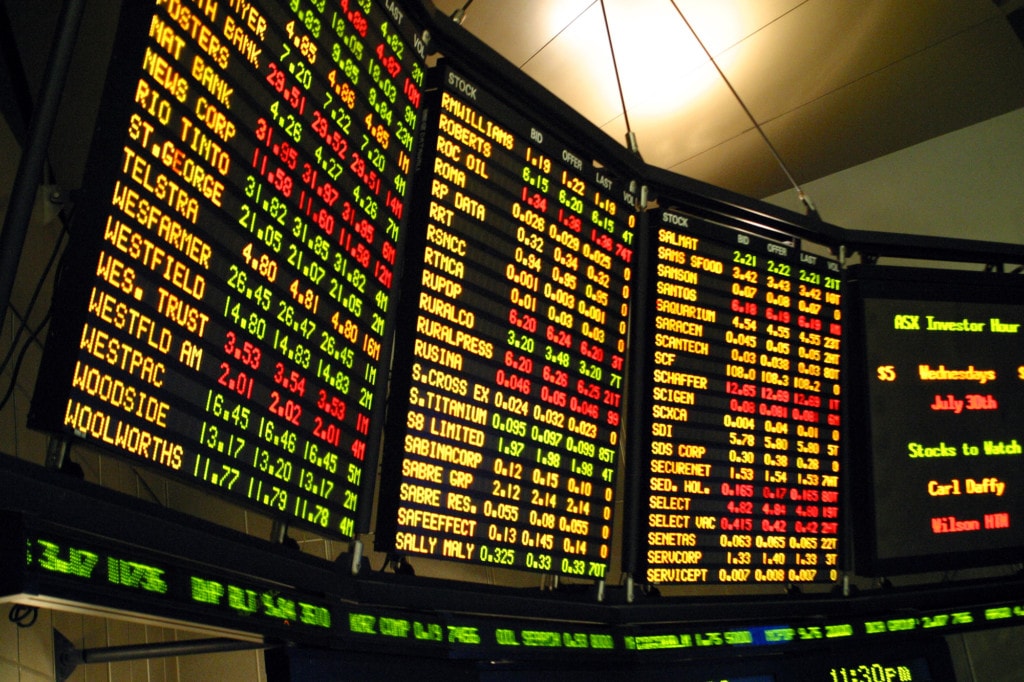
#2 Protect Yourself from Market Volatility
Also called dollar-cost averaging, DRIPs let you invest at regular intervals in consistent amounts. This protects you against the highs and lows of market volatility.
Why is this good?
With dollar-cost averaging, you’re not aiming to buy a stock at its lowest price. Over the long-term, the price you pay averages out.
For example, if you buy one share at a great value during one quarter, but the price skyrockets next quarter, the amount you invest averages out. This grants long-term investors some resistance against significant market swings.
#3 Automation
Investing is conducive to financial freedom, but it isn’t everybody’s favorite hobby. If micromanaging your stocks doesn’t make you jump for joy, you’ll enjoy DRIPs.
With DRIPs, you don’t need to check each time you’re paid or calculate how much you need to purchase another share. All you have to do is enroll in your DRIP, invest, and then sit back and relax as your investments grow on auto-pilot.
Awesome, right?
#4 Make Your Dividends Work For You
Compounding growth. You hear that a lot when learning about stocks and investing. It’s the not-so-secret secret to getting filthy rich from your investments — it’s that important.
Reinvesting your dividends encourages your investments to grow at a faster rate. As you continue making more contributions — say, $100 every month — on top of your reinvested dividends, you can reap massive returns over time.
Of course, this is all assuming that the company doesn’t slash dividends (we’ll cover this in a later section).
Dividends and Compounding Growth at a Glance
Here’s a visual aid to help you understand the power of compounding growth. This chart shows what compounding dividends will look like after 12 years (with no increase in the dividend):
| Year | Share Price | Shares | Dividend Rate | Dividend | New Shares | Total Shares | Value | Yield on Cost |
| 1 | $10 | 100.00 | $.50 | $50.00 | 5.000 | 105.000 | $1050.00 | 5.00% |
| 2 | $10 | 105.00 | $.50 | $52.50 | 5.250 | 110.250 | $1102.50 | 5.25% |
| 3 | $10 | 110.25 | $.50 | $55.13 | 5.513 | 115.763 | $1157.63 | 5.51% |
| 4 | $10 | 115.763 | $.50 | $57.88 | 5.788 | 121.551 | $1215.51 | 5.79% |
| 5 | $10 | 121.551 | $.50 | $60.78 | 6.078 | 127.628 | $1276.28 | 6.08% |
Now, let’s look at a chart where the dividend grows 10% each year.
| Year | Share Price | Shares | Dividend Rate | Dividend | New Shares | Total Shares | Value | Yield on Cost |
| 1 | $10 | 100.000 | $.50 | $53.63 | 5.363 | 105.363 | $1053.63 | 5.36% |
| 2 | $10 | 105.363 | $.55 | $62.58 | 6.258 | 111.621 | $1116.21 | 6.26% |
| 3 | $10 | 111.621 | $.61 | $73.45 | 7.345 | 118.966 | $1189.66 | 7.34% |
| 4 | $10 | 118.966 | $.67 | $86.74 | 8.674 | 127.640 | $1276.40 | 8.67% |
| 5 | $10 | 127.640 | $.73 | $103.17 | 10.317 | 137.957 | $1379.57 | 10.32% |
The difference in value after 5 years is just over $100. Imagine how much you can make after 10 years, 20 years, 40 years… You get the point. Reinvested dividends + time = happy investor.
Disadvantages of Dividend Reinvestment Plans
DRIPs have a lot of awesome things going for them:
- Get rich faster
- Automate the tedious trading process
- Increase your shares even if you don’t have enough to purchase a full individual stock
Of course, all great things have their disadvantages. Just because DRIPs have so many pros doesn't mean they’re ideal for every investor.
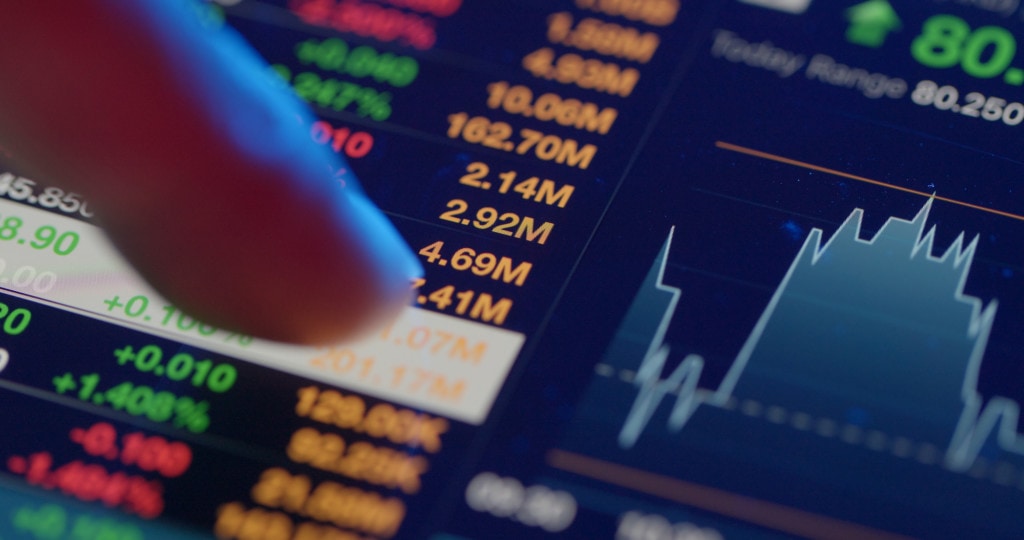
Here are some DRIP investing cons to be mindful of:
#1 Not for Control-Freaks
If you prefer to be more hands-on with your investments, DRIPs may not be a good fit for you. The primary gripe about DRIPs that may irk the more involved investor is it eliminates your ability to choose HOW you invest your dividends.
DRIPs automatically reinvest your dividends to buy additional stocks of the same company. You don’t get to decide whether you want to use your dividends to:
- Purchase additional shares of the same company
- Purchase stock from a different company
- Pocket the money
Also, DRIPs don’t let you account for current market conditions. Yes, the value averages out with dollar-cost averaging, but you can’t always leverage your market knowledge. DRIPs can be limiting.
For example, if you feel a particular stock’s price is overvalued, but you’re enrolled in a DRIP, you can’t take that money and invest it in a different stock that is better priced.
If greater control is your priority, a DRIP’s automated nature will be a barrier.
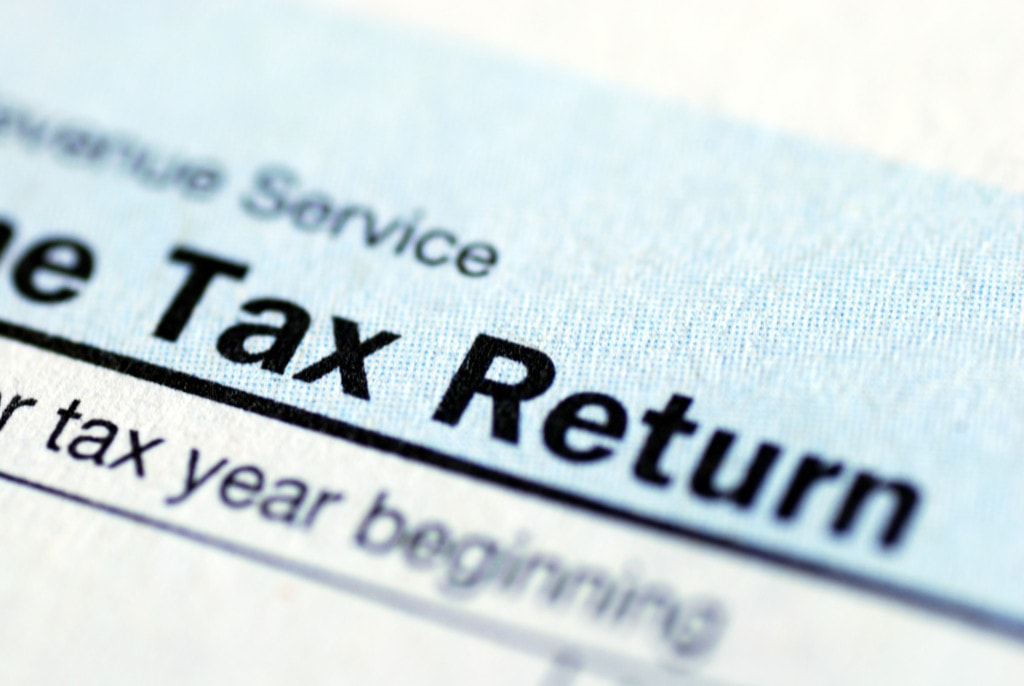
#2 Tax Woes and Headaches
When you're enrolled in DRIPs, some unforeseen tax implications may hit you. Because guess what? Uncle Sam takes a chunk out of your regular paycheck but also wants a piece of your dividend income.
With a DRIP and its automated function, tracking which dividends tax at the standard income rate or capital gains rate can be a headache. Come tax season, and a hefty bill might trigger some confusion and anger. To ensure that you’re on top of your tax obligations, it may be worth working with a certified financial professional.
#3 No Touching!
Some people invest in dividend-paying stocks to live off the dividend income. You’ll see this a lot with retirees. If you’re using dividends to fund your lifestyle, then DRIPs will conflict with that goal.
Remember: your dividends are essentially locked in when you enroll in a DRIP. A DRIP will automatically take your dividend payouts and reinvest them to purchase more shares. The dividend payment never actually hits your bank account.
However, if you start dividend investing early and building your portfolio, you can eventually use it to fund your lifestyle in retirement. That’s what fellow investor Ed Gandia said in our interview with him:
“When you retire, you don’t have to sell positions (your principal) in order to generate the income you need to live. If you do it right, you can conceivably live off the income these assets generate and leave your principal intact,” he said.
If you decide to move forward with DRIP investing, know that you won’t have access to your dividend income. It’s ideal to consider your dividends as something you enjoy during your golden years spent in financial freedom and splendor!
How Do You Buy DRIP Stocks?

After learning about DRIPs, I’m sure you’re itching to get started. Here’s a quick breakdown of how to start a DRIP account and finally get your dividends working for you!
Step #1: Enroll in Online Brokerage
If you’re worried starting a DRIP is some weird, convoluted process with excessive legal and financial language, you’ll be happy to know that it’s nothing like that.
Signing up is simple.
First, you’ll want to find a brokerage account that offers DRIPs, like TradeKing, Scottrade, Computershare DRIPs, and Vanguard. Each platform should follow a similar process:
- Download and sign the application forms.
- Enter your bank routing and account numbers to fund your account.
And voila! You’ve created your account and can start investing.
Enable DRIPs
Depending on your online brokerage account, you should find an option to toggle the DRIP setting. Of course, this will depend on which companies you choose to invest in.
Another thing to note about DRIPs:
On some platforms, you can enroll ALL of your current and future stocks or specific stocks into a DRIP. Earlier, we mentioned that DRIPs could be a poor fit for investors who want more control. Choosing to enroll specific stocks can strike a balance between control and convenience. The added benefit of using a DRIP is it frees some time for busy investors.
What to Look for in a DRIP
Learning how to invest in DRIPs can be tricky, but the following guidelines can streamline your research.
- Companies that are low-risk and offer stable, long-term growth tend to be good choices for DRIPs.
- Look at a company’s dividend payment history. Dividend yields that increase over time tend to be positive indicators of a good company.
- Frequent dividend payment installments are worth considering. Monthly-paying dividend stocks offer more opportunities for compounding growth.
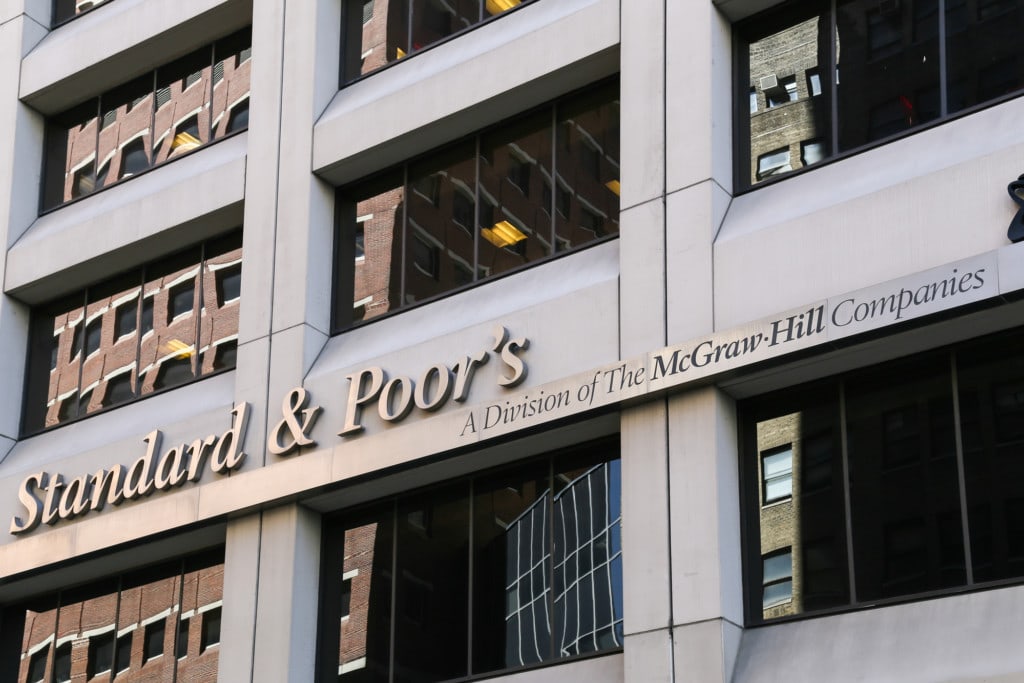
A great place to begin your research is with the S&P 500’s Dividend Aristocrats Index. This index features companies that have consistently increased their dividends for at least 25 years. With a track record like that, these companies make great candidates for DRIPs.
Ed Gandia reveals another great sign: well-capitalized that pays high dividends. “By ‘high’ I mean 7-12% yields, sometimes higher,” he explains.
“These are aggressive plays, for sure. But we do a few things to minimize risk. We start by evaluating picks from a number of experts we follow and trust. That narrows down the field. From there, I buy only when certain technical factors are in place. And we have a system for diversifying risk that mostly involves buying smaller positions in each company. The idea is to have 30+ total positions and hold on to them for life.”
What Companies Offer DRIPs?
It’s often to a company’s benefit to offer a DRIP program. DRIP programs...
- Help raise capital they can invest in the company’s growth
- Shareholders in a DRIP program are less likely to sell their shares, even if a company has a bad quarter or the economy takes a downward turn.
- Investors in DRIP programs tend to be in it for the long term, giving the company the time it needs to build infrastructure and grow.
As we mentioned earlier, dividend aristocrats are great options for DRIPs because these companies have a track history of dividend increases for at least 25 years. Since the dividends increase, you know these companies have internal structures to encourage growth and innovation. These are the types of companies that will keep running, even in economic downturns.
With that said, let’s dive into options for the best DRIP stocks to buy and hold.
Best DRIP Stocks 2020
There are several DRIPs to choose from but here Sure Dividend’s recommendations for no-fee DRIPs and a list of DRIPs with discounts worth researching:
- Illinois Tool Works (ITW)
- Sherwin Williams (SHW)
- Nucor (NUE)
- S&P Global (SPGI)
- Albemarle (ALB)
- Johnson & Johnson (JNJ)
- 3M Company (MMM)
- Aflac Incorporated (AFL)
- A.O. Smith (AOS)
- Chubb Limited (CB)
- Federal Realty Investment Trust (FRT)
- Realty Income (O)
- Emerson Electric (EMR)
- AbbVie Inc. (ABBV)
- Exxon Mobil (XOM)
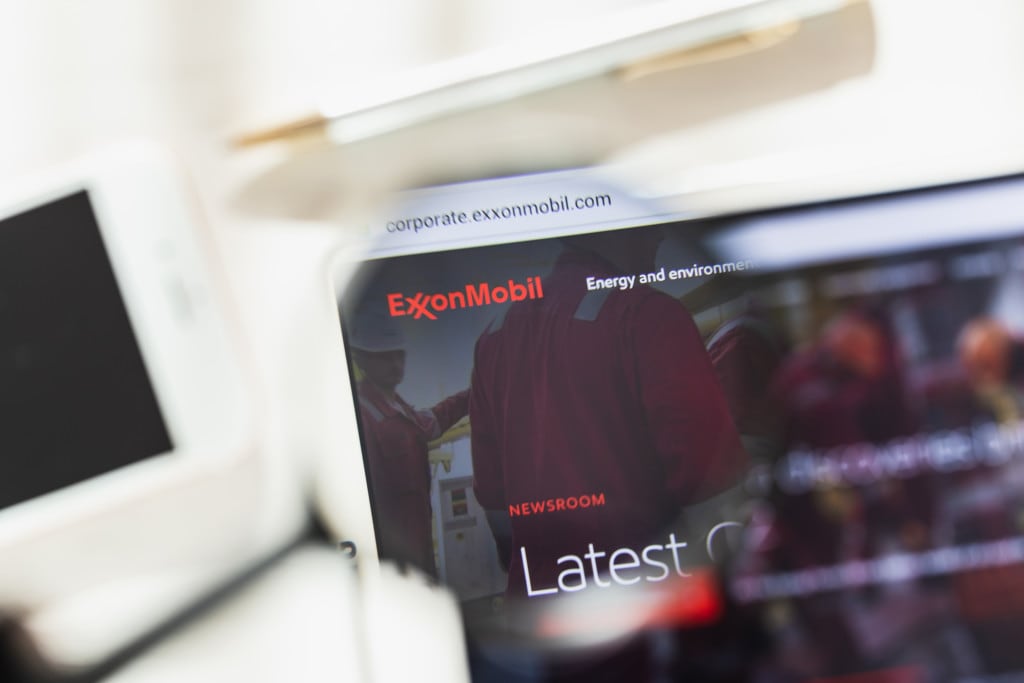
Do You Pay Taxes on DRIP Dividends?
You won’t find anything about “dividend reinvestment tax” on the IRS website or tax code. Still, that doesn’t mean Uncle Sam won’t dip his fingers in your dividend income. DRIP dividends are often taxed as traditional dividend taxes, even if the money is getting reinvested and not going into your pocket.
So, how much is it going to cost you?
Your tax obligations largely depend on your marginal tax bracket and whether you’ve got qualified or unqualified dividends.
Unqualified dividends work like ordinary income and are taxed at the normal income rate. As you may have already experienced, you may pay well over 30% in taxes, depending on which tax bracket you fall within. Qualified dividends tend to tax at 0% to 24%, often at the lower long-term capital gains rate.
There are some ways to avoid the dividend reinvestment tax. You’ll usually see them in tax-deferred accounts, like your traditional individual retirement account (IRA) or 401ks. It’s why you see many of these accounts leverage DRIPs.
Final Thoughts: Are DRIPs Worth It?
“To DRIP or not to DRIP? That is the question.” ~ Shakespeare (probably not)
The answer to this question about DRIPs depends on your investing goals. If you’re an investor intending to use your dividend income to cover your expenses, the answer is no.
But if you’re an investor who:
- Plans to hold your stocks over the long haul
- Want to see your dividends work for you through compounding growth
- Want the ease and convenience of reinvesting

… Then the answer is yes. DRIPs are worthy of your attention. And to close this article with a banger, here are some final words of sound investing advice from freelance business writing coach and podcaster, Ed Gandia (whether you choose DRIPs or not):
"Have a strong system you trust and follow that system, no matter what. Doing so takes the emotion out of the process, which is key. Otherwise, you'll make stupid decisions.”
If you’re the kind of entrepreneur who loves talking shop and learning how to invest the profits, we’ve got something you’ll love. Check out this free video series that’ll help you create more and more freedom in your life.
Disclaimer: At Capitalism.com, we do our best to provide accurate information on finance and investing, but we are NOT certified financial or legal professionals. Investing is not a one-size-fits-all and the advice presented here may not apply to your unique situation. We do NOT guarantee that any of the advice will result in you getting filthy rich (we still have yet to crack the secret code to unlimited riches). We recommend that you use this article as a starting point to do your own research and due diligence, which may include consulting with a qualified financial professional.
